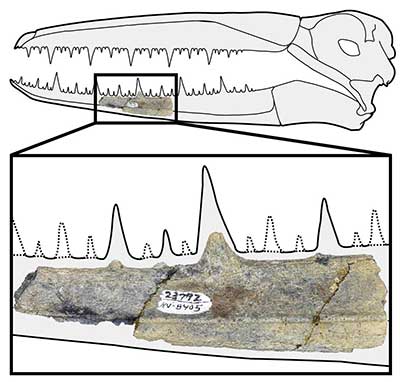Daily-current-affairs
/
28 Oct 2020
Antarctica Yields Fossils of Giant Birds : Daily Current Affairs

Antarctica Yields Fossils of Giant Birds
IN NEWS
- Scientists have identified the fossil of a giant bird
that lived about 50 million years ago, with
wingspans of up to 21 feet that would dwarf today’s
largest bird, the wandering albatross.
ABOUT
- The fossils recovered from Antarctica in the 1980s
represent the oldest giant members of an extinct
group of birds that patrolled the southern oceans
and Called Pelagornithids, the birds filled a niche
much like that of today’s albatrosses and travelled widely over Earth’s oceans for at least 60
million years.
- Pelagornithids are known as ‘bony-toothed’ birds because of the bony projections, or struts, on
their jaws that resemble sharp-pointed teeth, though they are not true teeth, like those of
humans and other mammals.
ANTARCTICA
- Antarctica is Earth's southernmost continent. It contains the geographic South Pole and is
situated in the Antarctic region of the Southern Hemisphere, almost entirely south of the
Antarctic Circle, and is surrounded by the Southern Ocean.
- At 14,200,000 square kilometers (5,500,000 square miles), it is the fifth-largest continent and
nearly twice the size of Australia. Antarctica, on average, is the coldest, driest, and windiest
continent, and has the highest average elevation of all the continents.
INDIAN ANTARCTIC PROGRAM
- The Indian Antarctic Program is a multi-disciplinary, multi-institutional program under the
control of the National Centre for Polar and Ocean Research, Ministry of Earth Sciences,
Government of India. It was initiated in 1981 with the first Indian expedition to Antarctica.
- The program gained global acceptance with India's signing of the Antarctic Treaty and
subsequent construction of the Dakshin Gangotri Antarctic research base in 1983, superseded
by the Maitri base from 1989. The newest base commissioned in 2012 is Bharati, constructed
out of 134 shipping containers.







